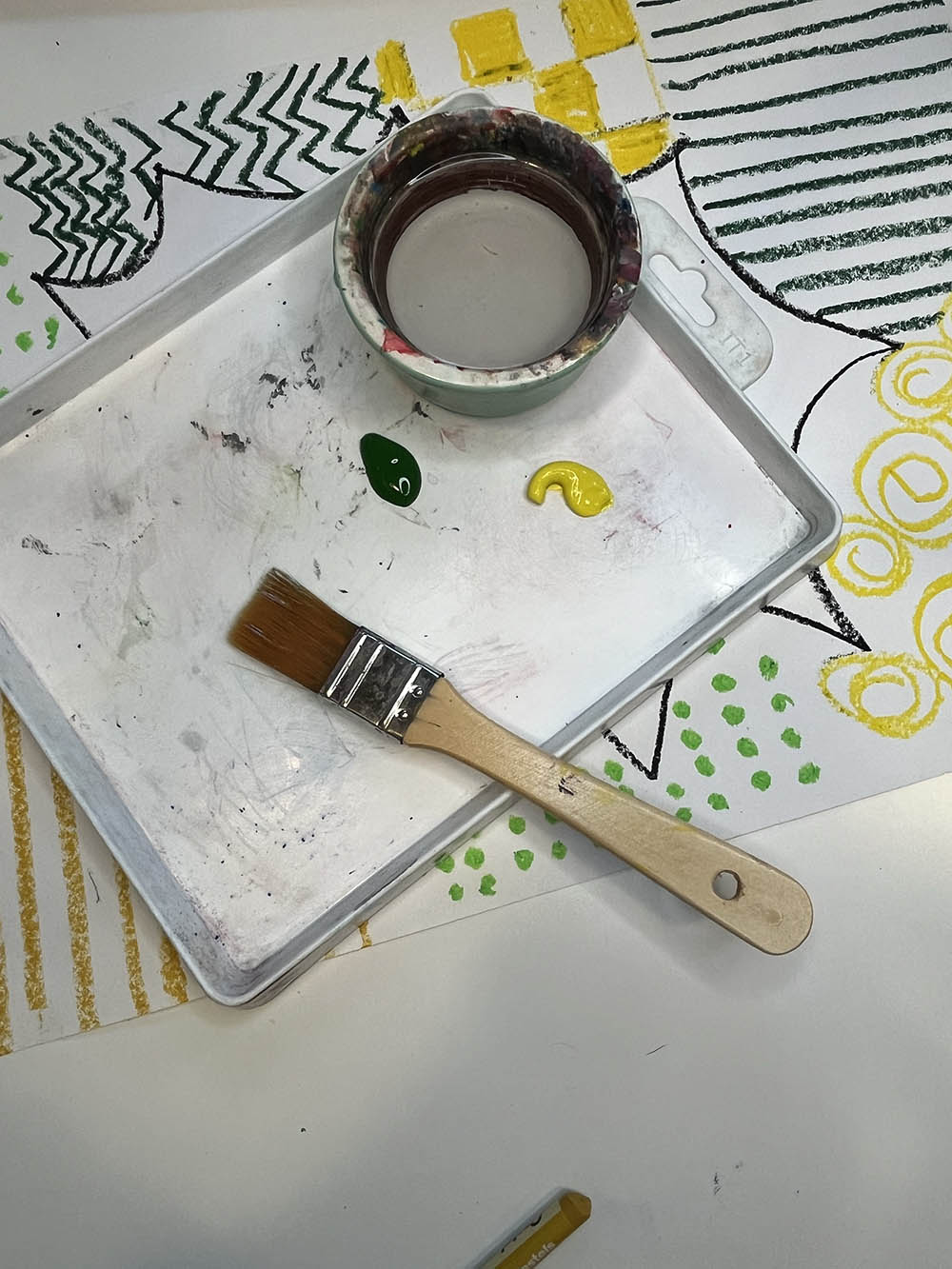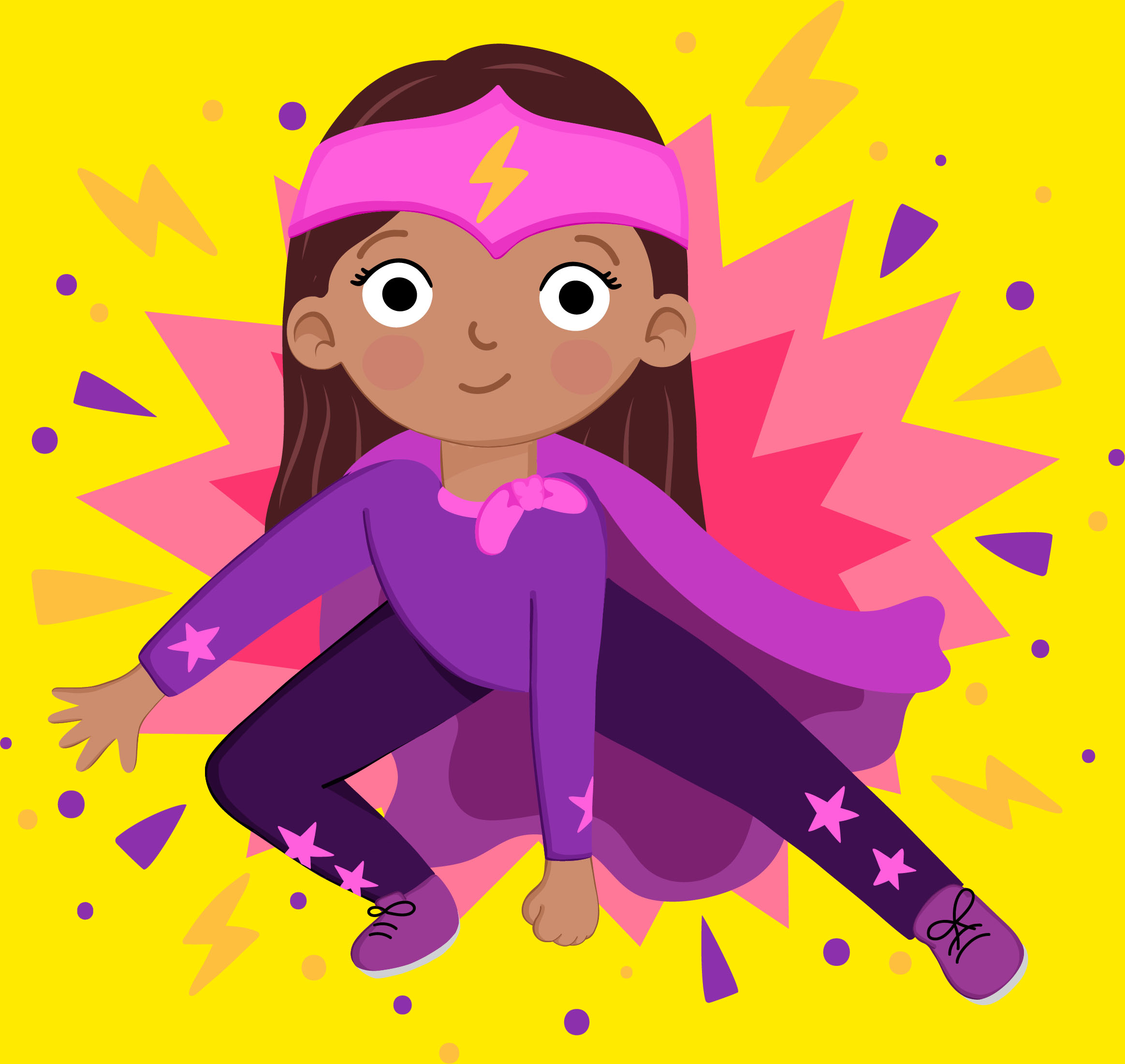Learning intention
- To transform a sketch into a character.
Success criteria
- I can show expression by drawing eyes,
This content is for subscribers only. Join for access today.
Cambridge Primary Art & Design (0067) Learning objectives
Experiencing
E.02 Explore media, materials, tools,
This content is for subscribers only. Join for access today.
Before the lesson
This content is for subscribers only. Join for access today.
Lesson plan
Recap and recall
Show the Presentation: Expressions. In pairs, learners complete the activity on whiteboards or paper. Say an emotion (for example, happy, sad, angry, scared) and ask learners to show you the expression on their face.
This content is for subscribers only. Join for access today.
Extended-mode explainer videos
How to extend your display to view the lesson page and preseantion mode simultaneously. Choose your operating system below to watch the video
If you need further support with extending your display,
please contact [email protected].
Differentiation
Learners needing support:
- Could first outline their sketches with their fingers. They can use black drawing pens to outline their sketches when they are more confident.
Learners working at a stretch:
- Should add details to their character using mark making techniques to show texture and tone.
This content is for subscribers only. Join for access today.
Assessing progress and understanding
Learners with secure understanding can:
- Develop their sketch into a character.
This content is for subscribers only. Join for access today.
Vocabulary definitions
-
character
A person in a story, book, film or play.
-
emotion
A strong feeling.
This content is for subscribers only. Join for access today.





